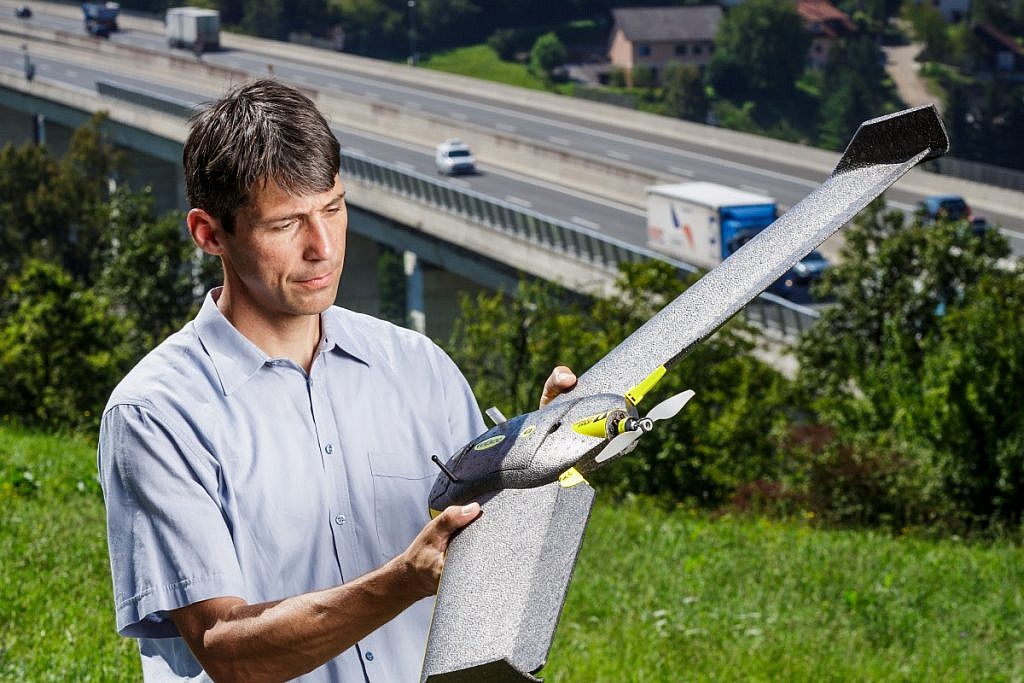To ensure operational reliability, flight safety and the quality of captured geospatial data with an unmanned aerial vehicle, careful monitoring of the aircraft condition and professional calibration of the entire device as well as its individual parts are required. Geavis’s unmanned aerial vehicles are factory-checked and calibrated at the time of manufacture and at each service, including:
- temperature calibration of autopilot (barometer, pressure sensor, gyroscope & accelerometer are tested in a climatic chamber)
- IMU calibration of gyroscope & accelerometer
- current calibration of motor power supply by autopilot
- servo & trim calibration
- in-air pitot calibration (testing of air speed values)
Prior to each aerial survey, the aerial vehicle operator performs a pre-flight inspection to check carefully the status of the aircraft and make sure that it is tightly assembled and functioning properly. The inspection includes a careful inspection of the hull, wings, electrical components, engine, propeller and its attachment, steering surfaces, antennae, pitot-static system and also the voltage of the battery. Additionally, it also takes into account that the aircraft must be outdoors at least 10 minutes before the flight, in order to acclimatize electronics to the surrounding environment.
Before flight, the aircraft’s software automatically performs a control of the navigation system (compass, barometer, servo motor) and a test of the propulsion system (motor power supply, motor, and propeller) with a maximum load. After passing the test, the readiness for flight is signaled. In case of detecting faults, the operator does not take a flight.

